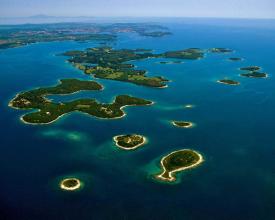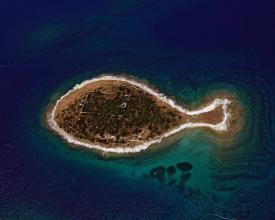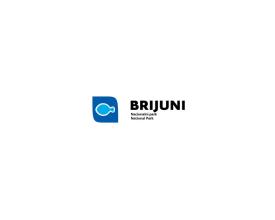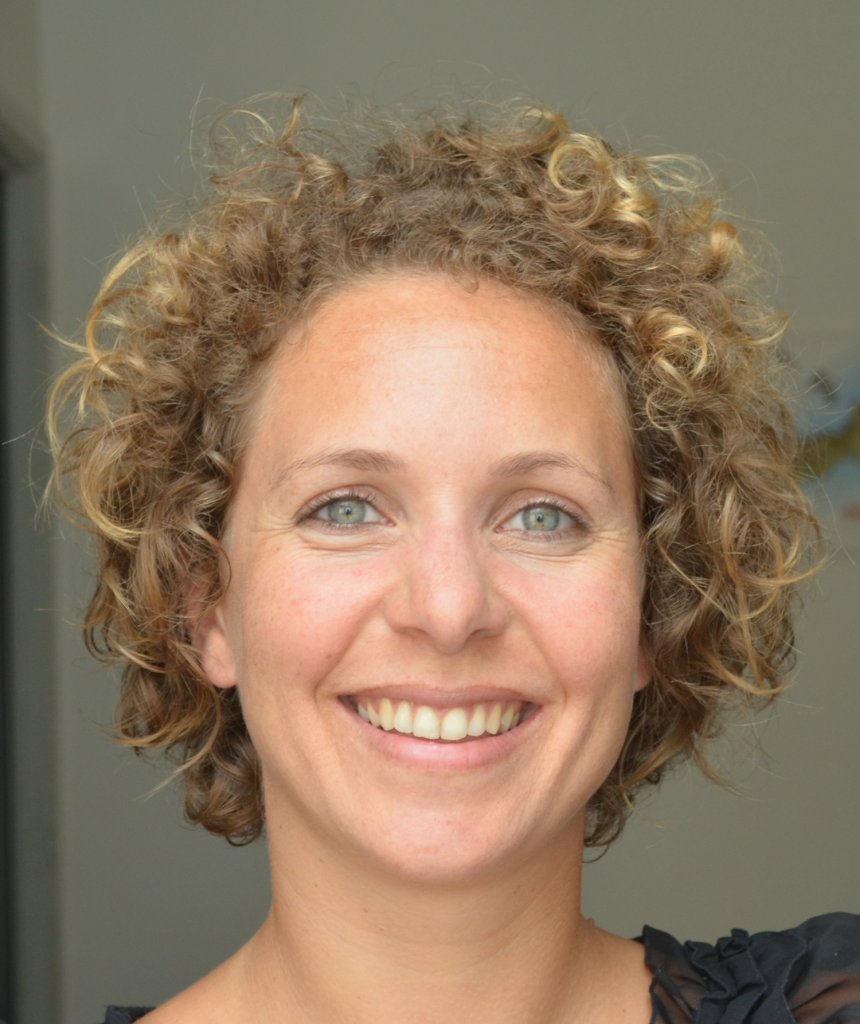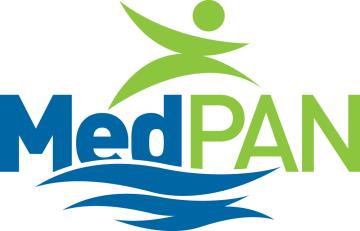
Mecanismo de ingresos autogenerados en un Área Marina Protegida
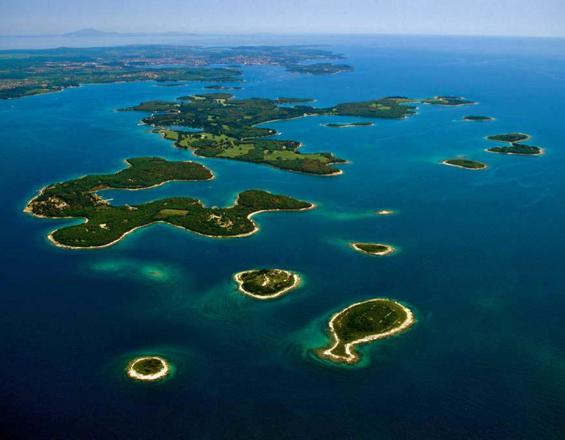
El Parque Nacional de Brijuni se creó en 1983 y es 100% propiedad del Estado. Está compuesto por 14 islas e islotes con una superficie total de 3.395 ha, de las que el 80% son marinas, y no ha tenido habitantes permanentes desde 1961. El Parque Nacional cuenta con unos 240 empleados (300 en verano) y recibe más de 150.000 visitantes al año. El presupuesto anual actual, de unos 7 millones de euros, necesario para el funcionamiento del Parque Nacional se cubre al 100% con ingresos autogenerados:
3% venta de bienes, 77% servicios (hoteles, excursiones, entradas y otros, incluidos restaurantes, rutas submarinas de snorkel...), 4% rentas de la propiedad, 10% donaciones y 6% otras fuentes.
Impactos
Los ingresos autogenerados del Parque Nacional ascendieron a 7,91 millones de euros en 2009, lo que permitió al Parque ser financieramente independiente al 100%.
Aún así, hay planes para ampliar aún más la fuente de ingresos mediante, por ejemplo: tasas de entrada (visitantes, embarcaciones, ...). Marketing del AMP (TV, radio, prensa...), un buen programa de souvenirs, ofrecer excursiones fáciles de un día, dar en concesión todo lo que no sea el negocio principal del Parque (hoteles, restaurantes, submarinismo, golf, excursiones en barco por las islas...), contratar personal específico responsable del desarrollo y financiación de proyectos, pedir una mayor provisión a las agencias turísticas, ofrecer mejores ofertas deportivas, etc.

